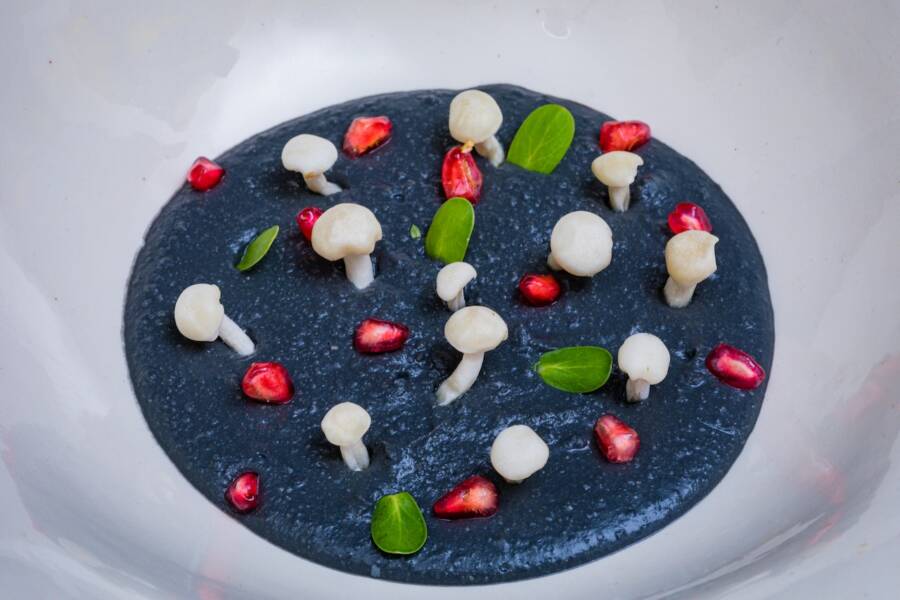Microdosing has become an increasingly popular practice in recent years, both for self-experimentation and as a means to enhance productivity and creativity. By ingesting small amounts of recreational substances, proponents claim to experience subtle yet meaningful benefits. In this article, we’ll explore the process, potential benefits, and precautions of microdosing. Let’s go!

A Brief Overview of Microdosing
Microdosing involves the ingestion of minimal amounts of recreational substances, such as psychedelics, cannabis, or even caffeine, in order to experience their subtle effects. Generally, these doses are approximately 1/10th or less of the substance’s recreational dose. The idea is to receive the stimulant’s benefits without the intense sensations and side effects associated with a full dose.
Potential Benefits of Microdosing
- Enhanced Creativity: Many microdosers report a noticeable increase in their creative capacity. This is likely due to the subtle shift in perception and problem-solving abilities that these substances can induce.
- Improved Focus and Productivity: Some users experience an increased ability to concentrate and work efficiently, which can lead to impressive productivity gains.
- Mental Health Improvements: Research suggests that microdosing may help alleviate symptoms of depression, anxiety, and PTSD. However, more studies are needed to validate these claims.
- Physical Health Benefits: In some cases, microdosers also report improvements in physical wellness, such as reduced inflammation, increased energy, and better sleep quality.
Microdosing with Different Substances
Each substance is unique and may interact differently with the body. Here’s a quick rundown of a few commonly microdosed substances:
- Psilocybin Mushrooms: Perhaps the most well-known substance for microdosing, psilocybin mushrooms are known for their ability to boost creativity and induce a mood lift.
- LSD: Another popular choice, LSD microdosing is believed to sharpen focus and improve problem-solving skills.
- Cannabis: Microdosing cannabis can produce a calm, focused state without the usual psychoactive effects. An emerging option is the use of Delta-8 THC products, which may provide milder effects than traditional cannabis. Search for a store or online portal that offers Delta 8 near me to find a local provider.
- Caffeine: A familiar stimulant, low doses of caffeine can promote alertness and mental sharpness without causing jitters or other side effects.
Precautions and Risks of Microdosing
While many benefits have been reported, it is important to remember that microdosing is not without its potential risks:
- Legal Issues: Many substances often used for microdosing are illegal or heavily regulated in certain regions. Be sure to research and understand the laws in your area before proceeding.
- Substance Purity and Dosing: Acquiring pure substances and accurate measurements can be challenging, leading to potential issues with determining optimal dosages.
- Unknown Long-Term Effects: Limited research has been conducted on microdosing, and the long-term implications of this practice are still largely unknown.
Microdosing in Daily Life
Many microdosers have developed routines to incorporate this practice into their daily lives. It is common to have a dosing schedule, such as taking a microdose every three days, to avoid developing a tolerance. The timing of the dose and duration of effects can also vary depending on both the substance and the individual.
Community Support and Networking
Gathering information and support from fellow microdosers can greatly help in successfully implementing this practice. Various online forums, social media platforms, and community meetups offer opportunities to connect with experienced users and learn about their tips, experiences, and successes. This sharing of knowledge can help newcomers avoid common mistakes and make informed decisions about their own microdosing journey.
Exploring Personalized Microdosing Approaches
Due to the highly individual nature of microdosing, it is essential for each person to find an approach that works best for them. The experience may vary depending on factors such as genetics, body weight, and substance sensitivity. Experimenting with various schedules, substances, and dosages under safe conditions can help users tailor their microdosing experience to their personal preferences and optimize the effects for their desired outcomes.
The Future of Microdosing Research
As microdosing continues to gain popularity, researchers are working to produce more comprehensive and rigorous data. High-quality clinical trials and large-scale studies are needed to better understand the long-term effects, safety, and potential therapeutic applications of this practice. With an expanding body of knowledge, future research could lead to tailored microdosing programs, guidance for safe practices, and new opportunities for personal enhancement.
Conclusion
Although the field of microdosing is still relatively new, there is growing interest in its potential benefits for creativity, productivity, and mental health. With continued research and greater understanding, microdosing may become a mainstay in our daily routines. Just remember: proceed with caution and always stay informed.

Ingrid Maldine is a business writer, editor and management consultant with extensive experience writing and consulting for both start-ups and long established companies. She has ten years management and leadership experience gained at BSkyB in London and Viva Travel Guides in Quito, Ecuador, giving her a depth of insight into innovation in international business. With an MBA from the University of Hull and many years of experience running her own business consultancy, Ingrid’s background allows her to connect with a diverse range of clients, including cutting edge technology and web-based start-ups but also multinationals in need of assistance. Ingrid has played a defining role in shaping organizational strategy for a wide range of different organizations, including for-profit, NGOs and charities. Ingrid has also served on the Board of Directors for the South American Explorers Club in Quito, Ecuador.









































